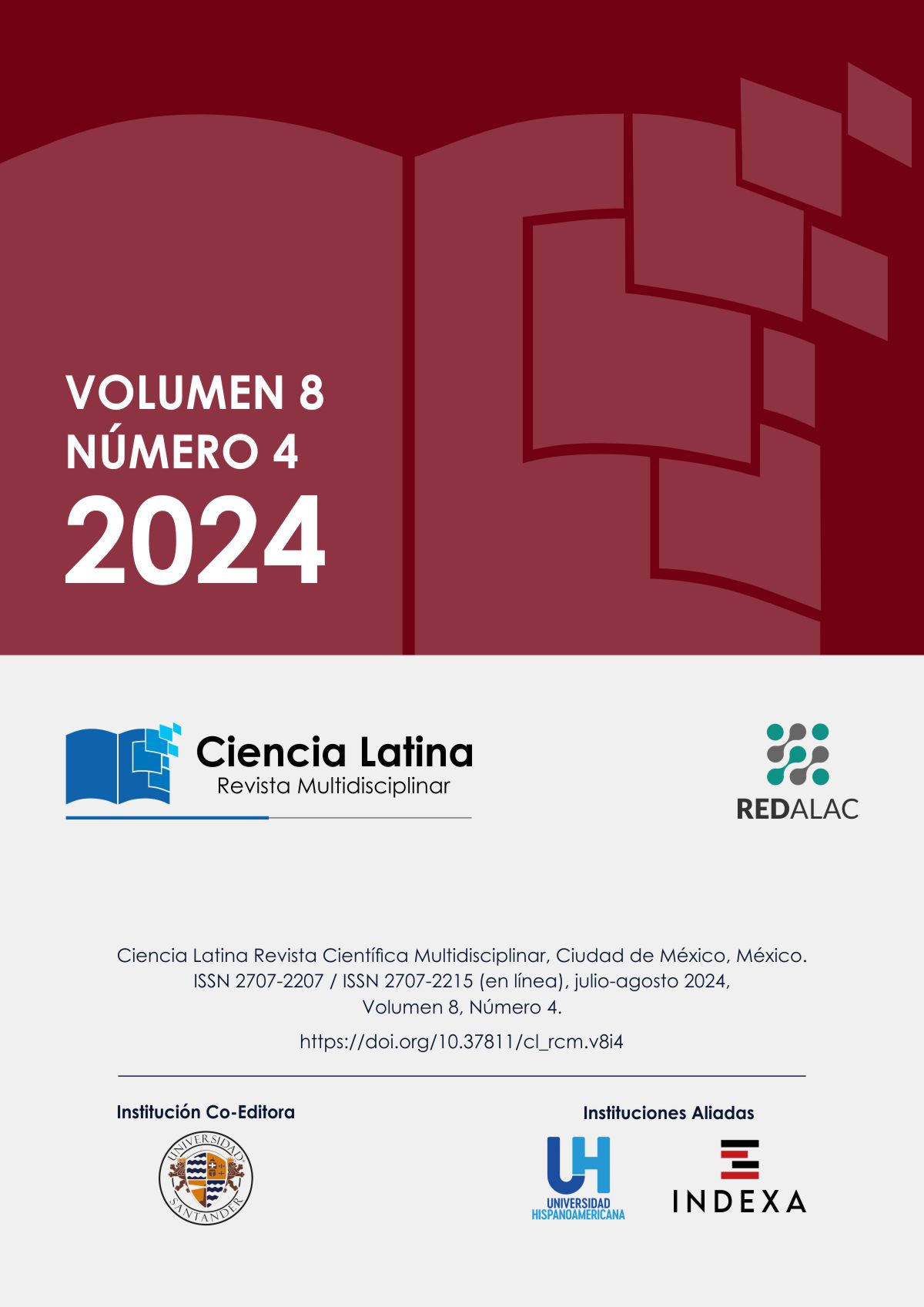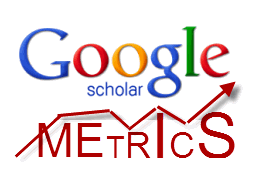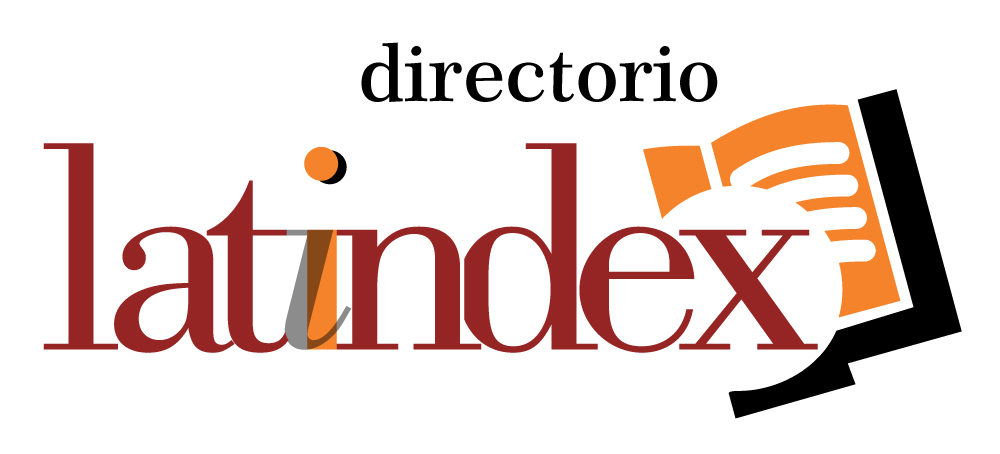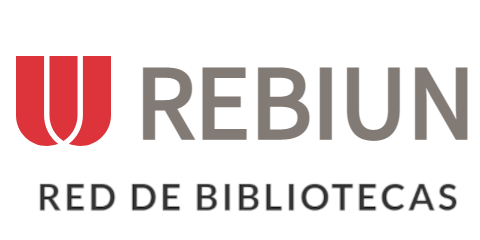Análisis comparativo de presupuestos financieros públicos y privados. Perspectivas diferencias y similitudes
Resumen
Este estudio realiza un análisis comparativo de los presupuestos financieros en los sectores público y privado, con el fin de ofrecer una visión integral de la gestión financiera en ambas áreas. Se examinan las perspectivas y objetivos de los presupuestos en cada sector, destacando las motivaciones y prioridades que influyen en la asignación y uso de los recursos. Además, se identifican y comparan las principales diferencias en los mecanismos de planificación, control y ejecución presupuestaria, subrayando su impacto en la eficiencia y la transparencia. También se evalúan las similitudes en los principios y prácticas presupuestarias, explorando áreas de convergencia y posibles aprendizajes mutuos. Este análisis es crucial en un contexto donde la gestión eficiente de los recursos financieros es esencial para el bienestar y desarrollo de la sociedad, y donde la demanda ciudadana de transparencia y eficiencia está en aumento. La evaluación del desempeño se presenta como una herramienta fundamental para asegurar la efectividad de las políticas y programas gubernamentales, especialmente en un entorno económico y social en constante cambio.
Descargas
Citas
Alexander, F. K. (2000). The Changing Face of Accountability: Monitoring and Assessing Institutional Performance in Higher Education. The Journal of Higher Education, 71(4), 411-431.
Alt, J. E., Lassen, D. D., & Rose, S. (2006). The Causes of Fiscal Transparency: Evidence from the U.S. States. IMF Staff Papers, 53, 30-57.
Andreula, N., Chong, A., & Guillén, J. (2009). Institutional Quality and Fiscal Transparency. Economics & Politics, 21(1), 1-35.
Antiroikko, A. V., Bailey, S. J., & Valkama, P. (2011). Innovations in Public Governance. IOS Press.
Baden-Fuller, C., & Haefliger, S. (2013). Business Models and Technological Innovation. Long Range Planning, 46(6), 419-426.
Beevers, L. (2016). Public-Private Partnerships and Water Security: Achieving a Balance in Transboundary Water Governance. International Environmental Agreements: Politics, Law and Economics, 16(3), 341-360.
Bevir, M. (2010). Democratic Governance. Princeton University Press.
Birnbaum, R. (1983). Maintaining Diversity in Higher Education. Jossey-Bass.
Bryson, J. M. (2018). Strategic Planning for Public and Nonprofit Organizations: A Guide to Strengthening and Sustaining Organizational Achievement. Wiley.
Buitelaar, E., & de Kam, G. (2012). The Costs of Land Use Decision-Making: Applying Transaction Cost Economics to Planning and Development. In Handbook on Planning and Complexity. Edward Elgar Publishing.
Cabannes, Y. (2009). Participatory Budgeting in Latin America: Participation and Decentralization. In Citizen Participation and Democratic Governance in Our Hands. Taylor & Francis.
Calavita, N., & Mallach, A. (2010). Inclusionary Housing in International Perspective: Affordable Housing, Social Inclusion, and Land Value Recapture. Lincoln Institute of Land Policy.
Caldas, J. C. (2012). Portugal: The Crisis and the Politics of Austerity. Socialist Lawyer, 66, 5-10.
Capucha, L. (1995). Políticas Públicas e Mudança Social em Portugal: A Consolidação da Democracia e os Novos Desafios. Análise Social, 30(131), 797-822.
CFS-FCE. (2017). Funding Cuts and Tuition Hikes: The Widening Gap between Costs and Funding in Canadian Universities. Canadian Federation of Students.
Chen, Y., & Neshkova, M. I. (2020). The Open Budget Index and Political Budget Cycles: Does Fiscal Transparency Matter? Public Budgeting & Finance, 40(2), 3-24.
Cuadrado-Ballesteros, B., Citro, F., & Bisogno, M. (2020). The Role of Transparency in Government: A Model for Fiscal Reporting. Journal of Accounting and Public Policy, 39(1), 106714.
Daft, R. L., & Macintosh, N. B. (1984). The Nature and Use of Formal Control Systems for Management Control and Strategy Implementation. Journal of Management, 10(1), 43-66.
De Renzio, P., & Masud, H. (2011). Measuring and Promoting Budget Transparency: The Open Budget Index as a Research and Advocacy Tool. Governance: An International Journal of Policy, Administration, and Institutions, 24(3), 607-616.
Dias, N. (2010). Hope for Democracy: 25 Years of Participatory Budgeting Worldwide. In Participatory Budgeting in Africa: A Training Companion. UN-HABITAT.
Fishman, R. M. (2011). Democratic Practice after Transitions: Reflections on Portugal and Spain. Democratization, 18(1), 39-61.
Fumasoli, T., & Huisman, J. (2013). Strategic Agency and Institutional Change: Illustrations from the University Sector. In The Transformation of Higher Education in an Era of Global Change. Emerald Group Publishing Limited.
Gerrish, E. (2016). The Impact of Performance Management on Performance in Public Organizations: A Meta-Analysis. Public Administration Review, 76(1), 48-66.
Gorman, L. (2019). Strategic Leadership and Organizational Adaptation. Leadership Quarterly, 30(1), 11-24.
Guthrie, J., Olson, O., & Humphrey, C. (1999). Debating Developments in New Public Financial Management: The Limits of Global Theorising and Some New Ways Forward. Financial Accountability & Management, 15(3-4), 209-228.
Hagwood, B. R. (2019). Performance-Based Management in Public Sector Organizations: Theories and Practices. Palgrave Macmillan.
Hamlin, A. J., & Patel, P. (2017). Policy Transfer and Accountability in Higher Education. In Global Challenges in Higher Education. Taylor & Francis.
Hamnett, C. (2010). Restructuring the Welfare State and Housing Market Responses in London. In Welfare State Transformations: Comparative Perspectives on Property and Housing. Edward Elgar Publishing.
Hansen, S. C., & Van der Stede, W. A. (2004). Multiple Facets of Budgeting: An Exploratory Analysis. Management Accounting Research, 15(4), 415-439.
Hayter, C. S., & Cayo, M. (2018). Innovation in Higher Education: The Case of University-Industry Partnerships and Academic Entrepreneurs. In Higher Education and Innovation: Regional and Global Perspectives. Springer.
Heald, D., & Georgiou, G. (2009). Accounting for UK Central Government Spending: The Need for Clearer Alignment between Fiscal Transparency and Management Information Systems. Public Money & Management, 29(1), 23-30.
Heller, P. S. (2003). Who Will Pay? Coping with Aging Societies, Climate Change, and Other Long-Term Fiscal Challenges. International Monetary Fund.
Hodkinson, S., & Robbins, G. (2013). The Return of Austerity: Cuts in Housing and Welfare Spending in the UK. Critical Social Policy, 33(4), 783-795.
Huisman, J. (1998). Institutional Differentiation in Higher Education Systems: A Classification of Types of Higher Education Institutions in the Netherlands. Higher Education Policy, 11(2-3), 85-110.
Klijn, E. H. (2012). Public-Private Partnerships: The Importance of Process. In The Future of Public Administration around the World: The Minnowbrook Perspective. Georgetown University Press.
Kok, J., & McDonald, R. (2017). Managing Organizational Change: A Strategic Approach to Organizational Dynamics. Prentice Hall.
Koppenjan, J. F. M., & Enserink, B. (2009). Public-Private Partnerships: Considerations on the Public Side. In Public-Private Partnerships in Infrastructure. Edward Elgar Publishing.
Kurunäki, H., & Miller, P. (2006). Calculating Government: The Politics of the New Public Management. In Accounting, Organizations and Society. Elsevier.
Lapsley, I. (2009). New Public Management: The Cruellest Invention of the Human Spirit? Abacus, 45(1), 1-21.
Luna, E. (2020). Fiscal Transparency and Governance: The Case of European Countries. Journal of Governance and Regulation, 9(2), 72-84.
Lu, Y., & Willoughby, K. (2015). Performance Budgeting in the U.S. States: Beyond Rhetoric to Results? Public Administration Review, 75(3), 346-356.
Manessiotis, V. (2011). Fiscal Transparency and Accountability in the EU: The Case of Greece. In The Sovereign Debt Crisis: The 2011 Global Go to Think Tanks Report. University of Pennsylvania.
Mensah, Y. M., Schoderbek, M. P., & Werner, M. A. (2009). The Impact of Performance Management on Organizational Success: An Empirical Analysis. Journal of Management Accounting Research, 21(1), 117-140.
Moore, M. H. (1995). Creating Public Value: Strategic Management in Government. Harvard University Press.
Needham, B. (2012). Planning, Law, and Economics: The Rules We Make for Using Land. Routledge.
Nisar, T. M. (2007). Risk Management in Public-Private Partnership Contracts. Public Organization Review, 7(1), 1-19.
Olson, O., Humphrey, C., & Guthrie, J. (1998). Global Warning: Debating International Developments in New Public Financial Management. In Global Warning: International Developments in New Public Financial Management. Capstone Publishing.
Parker, L., & Gould, G. (1999). Changing Public Sector Accountability: Critiquing New Directions. In Public Management: A Critical Text. SAGE Publications.
Pinz, A., Roudyani, N., & Thaler, J. (2017). Public-Private Partnerships as Instruments to Achieve Sustainability-Related Objectives: The State of the Art and a Research Agenda. Public Management Review, 20(1), 1-23.
Poister, T. H., & Streib, G. (1999). Performance Measurement in Municipal Government: Assessing the State of the Practice. Public Administration Review, 59(4), 325-335.
Prior, D. D., Keränen, J., & Koskela, S. (2019). Sensemaking in the B2B Context: How Adaptive Selling Agents Co-Create Value. Industrial Marketing Management, 83, 131-141.
Pucciarelli, F., & Kaplan, A. (2016). Management and Organizational Challenges of the Digital Transformation in Higher Education: The European Approach. In Management and Leadership in Higher Education: The Digital Revolution. Springer.
Reichard, C., & van Helden, G. J. (2016). The Governance of Public Finances: How Financial Information and Accountability Are Being Reformed in the Netherlands, Germany and Italy. International Journal of Public Administration, 39(7), 497-508.
Rindfleisch, A., & Heide, J. B. (1997). Transaction Cost Analysis: Past, Present, and Future Applications. Journal of Marketing, 61(4), 30-54.
Ríos, A. M., Bastida, F., & Benito, B. (2016). Fiscal Transparency and the Quality of Government. Journal of Economic Policy Reform, 19(3), 177-197.
Rodden, J. (2003). Federalism and Bailouts in the EU: The German Predicament. In Fiscal Decentralization and the Challenge of Hard Budget Constraints. MIT Press.
Rodden, J. (2006). Hamilton’s Paradox: The Promise and Peril of Fiscal Federalism. Cambridge University Press.
Santiso, C. (2005). Budget Institutions and Fiscal Responsibility: Parliaments and the Political Economy of the Budget Process in Latin America. World Bank Institute.
Sarif, M. S., & Ismail, Y. (2012). Emerging Trends in Higher Education Financing: The Malaysian Perspective. Journal of Higher Education Policy and Management, 34(1), 79-94.
Simons, R. (1994). How New Top Managers Use Control Systems as Levers of Strategic Renewal. Strategic Management Journal, 15(3), 169-189.
Steiss, A. W. (1985). Strategic Management in the Public Sector. Palgrave Macmillan.
Tandfonline. (2019). The Governance of Public-Private Partnerships. Public Management Review, 21(3), 313-330.
Tan, Z., & Zhao, L. (2019). The Challenges of Attracting Investment in Public-Private Partnerships in China. China Economic Review, 58, 101349.
Wehner, J., & De Renzio, P. (2013). The Impact of Fiscal Transparency, Participation, and Accountability on the Budgetary Outcomes. Comparative Political Studies, 46(5), 665-687.
Willoughby, K. G. (2004). Performance Budgeting in the States: Lessons Learned from New Directions. Public Budgeting & Finance, 24(4), 45-57.
Williamson, O. E. (1985). The Economic Institutions of Capitalism: Firms, Markets, Relational Contracting. Free Press.
Williams, D. W. (2000). Reform of the Public Sector: The Path of the Future? Public Money & Management, 20(1), 15-22.
Zott, C., & Amit, R. (2010). Business Model Design: An Activity System Perspective. Long Range Planning, 43(2-3), 216-226.
Martínez Hernández , R. (2023). Blended Learning en el aprendizaje de idiomas: Una revisión de la literatura académica. Estudios Y Perspectivas Revista Científica Y Académica , 3(2), 113–138. https://doi.org/10.61384/r.c.a.v3i2.36
Rubio Rodríguez, A. D., & Leon Reyes, B. B. (2024). Actividades Deportivas para Mejorar el Aprendizaje en la Materia de Física . Revista Científica De Salud Y Desarrollo Humano, 5(2), 398–409. https://doi.org/10.61368/r.s.d.h.v5i2.139
Icaza Cárdenas, C. K., Riquero Pincay, C. J., & Márquez Villegas, V. T. (2023). Comunicación estratégica para el sector turístico sustentable. Emergentes - Revista Científica, 3(2), 70–87. https://doi.org/10.60112/erc.v3i2.34
Ruiz Díaz Benítez, J. R. (2023). Diseño de una Arquitectura de Referencia en la Logística de Abastecimiento Inteligente de Almacenes mediante el uso de Tecnologías de la Industria 4.0. Caso Almacenes retail de la Ciudad de Pilar. Revista Veritas De Difusão Científica, 4(2), 55–70. https://doi.org/10.61616/rvdc.v4i2.46
Martínez, O., Aranda , R., Barreto , E., Fanego , J., Fernández , A., López , J., Medina , J., Meza , M., Muñoz , D., & Urbieta , J. (2024). Los tipos de discriminación laboral en las ciudades de Capiatá y San Lorenzo. Arandu UTIC, 11(1), 77–95. Recuperado a partir de https://www.uticvirtual.edu.py/revista.ojs/index.php/revistas/article/view/179
v, H., & Quispe Coca, R. A. (2024). Tecno Bio Gas. Horizonte Académico, 4(4), 17–23. Recuperado a partir de https://horizonteacademico.org/index.php/horizonte/article/view/14
Da Silva Santos , F., & López Vargas , R. (2020). Efecto del Estrés en la Función Inmune en Pacientes con Enfermedades Autoinmunes: una Revisión de Estudios Latinoamericanos. Revista Científica De Salud Y Desarrollo Humano, 1(1), 46–59. https://doi.org/10.61368/r.s.d.h.v1i1.9
Derechos de autor 2024 Carmen Elena López Maldonado , Delia Yajaira Antun Kaekat, Mireya Alexandra Wajarai Ayui , Manolo Chiriap Tumtuam Washicta

Esta obra está bajo licencia internacional Creative Commons Reconocimiento 4.0.













.png)




















.png)
1.png)


